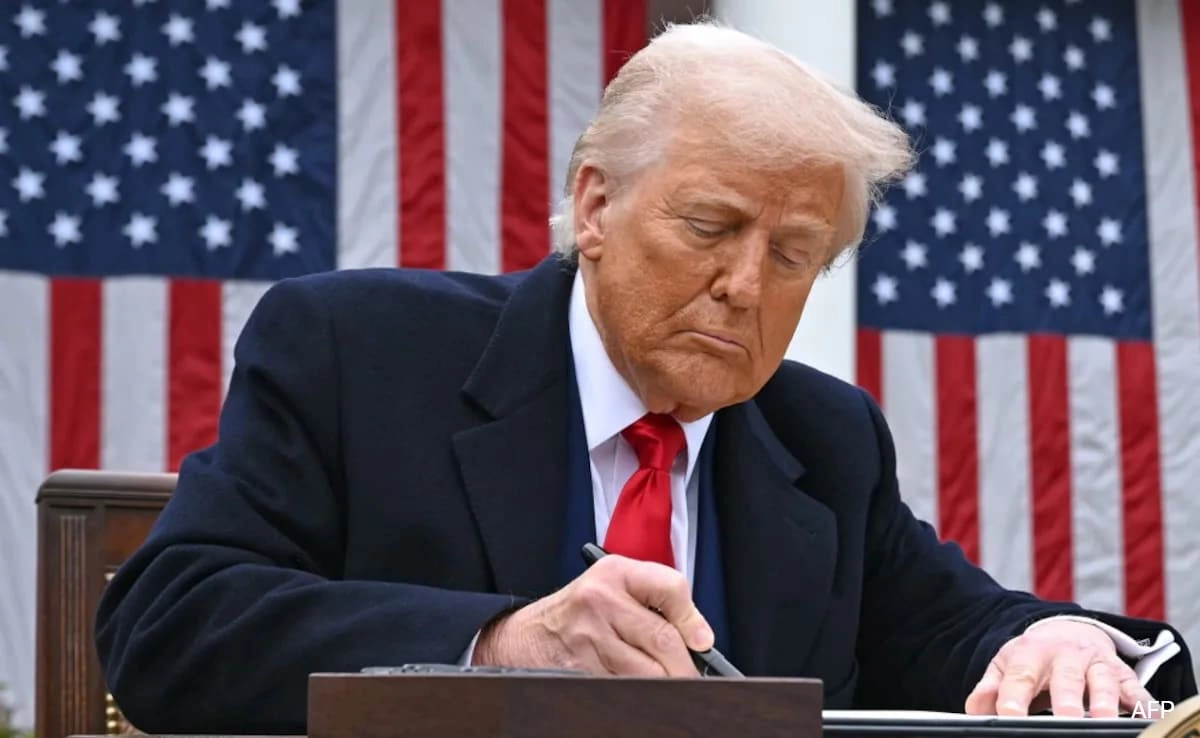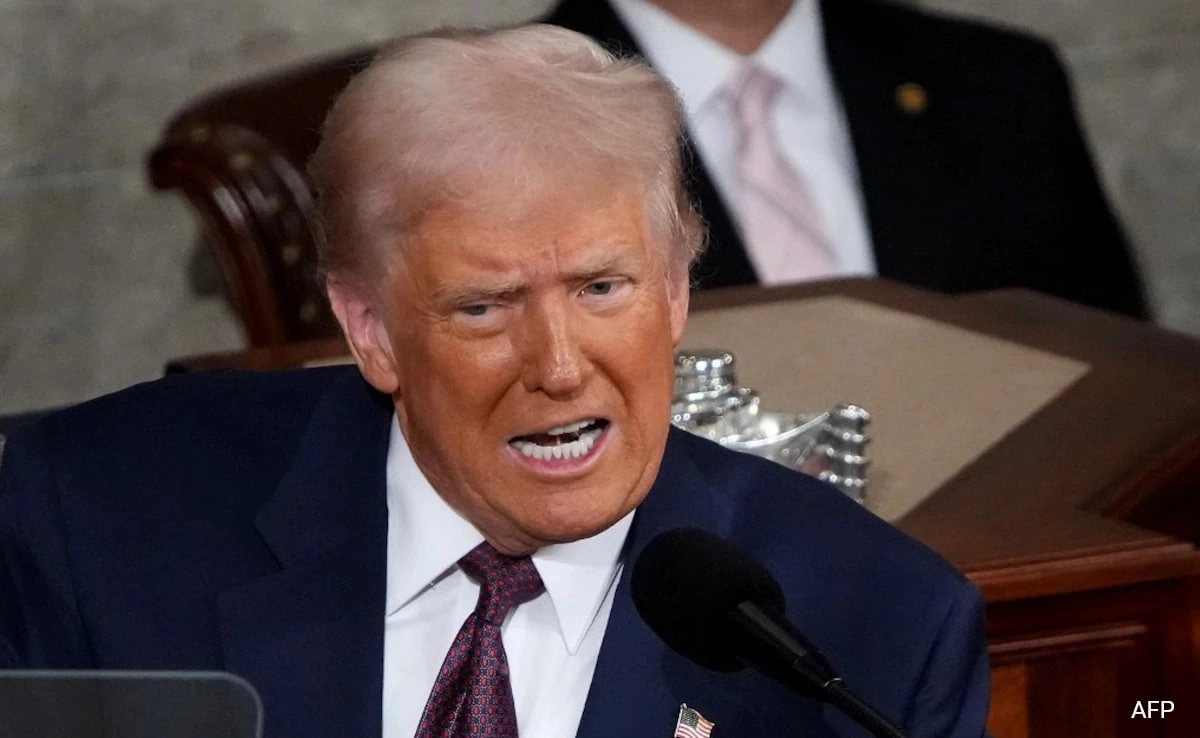In a dramatic turn of events, Wall Street has experienced a significant downturn, marking one of the most tumultuous periods in recent financial history. The stock market has faced a bloodbath, with major indices suffering sharp declines as investors grapple with escalating economic uncertainties. Concerns about inflation, interest rate hikes, and geopolitical tensions have contributed to this market volatility, prompting panic selling and a ripple effect across various sectors. As analysts scramble to interpret the implications of these market movements, many are left wondering how long this downward trajectory will last and what it means for the broader economy.
Amid this chaos, former President Donald Trump has made headlines with his optimistic outlook on the situation. Despite the grim landscape of the stock market, Trump declared, “It’s going to be amazing,” hinting at a potential turnaround that he believes is on the horizon. His comments come as a stark contrast to the prevailing sentiment among many investors and economists, who remain cautious about the potential long-term effects of the current market conditions. Trump’s confidence may resonate with some supporters who are eager for signs of recovery, yet it raises questions about whether such optimism is warranted given the challenges that lie ahead.
The divergence between Wall Street’s reality and Trump’s hopeful narrative underscores the complexities of the current economic climate. Market analysts caution that while periods of volatility can sometimes lead to opportunities for savvy investors, the underlying issues driving this downturn need careful consideration. Inflationary pressures, supply chain disruptions, and rising energy costs are just a few factors that could hinder a swift recovery. As the market continues to fluctuate, both investors and everyday citizens are left to navigate the uncertainty, weighing the potential risks against the prospect of future gains.
In the coming weeks, the focus will likely shift to economic indicators and policy decisions that could either stabilize or exacerbate the current situation. Investors will be closely monitoring the actions of the Federal Reserve and other regulatory bodies as they respond to these market challenges. Whether Trump’s assertion of an upcoming revival holds any merit remains to be seen, but for now, the market’s bloodbath serves as a stark reminder of the unpredictable nature of the financial landscape. As the dust settles, stakeholders will need to remain vigilant and adaptable in the face of ongoing economic shifts.




